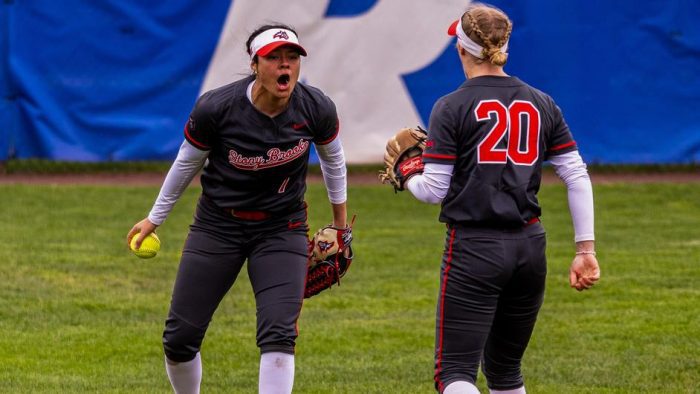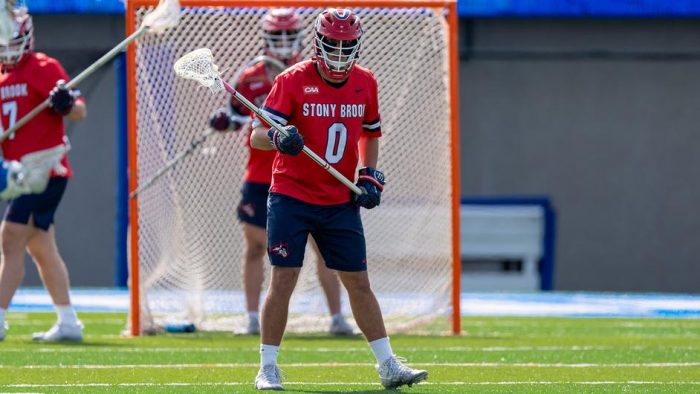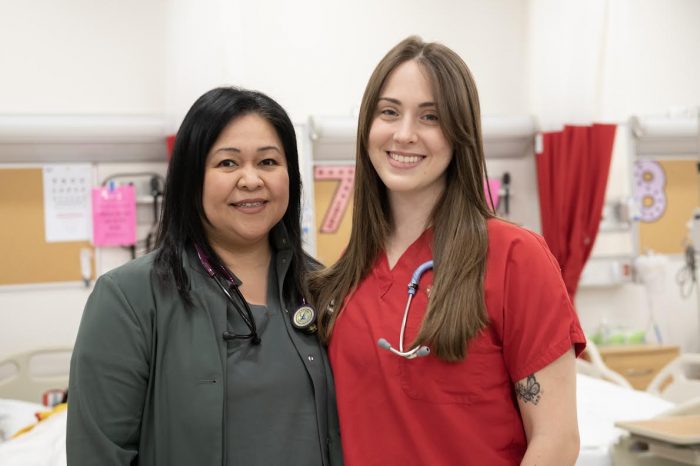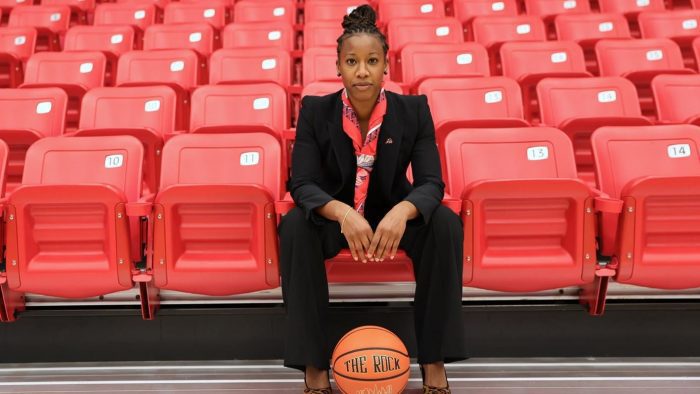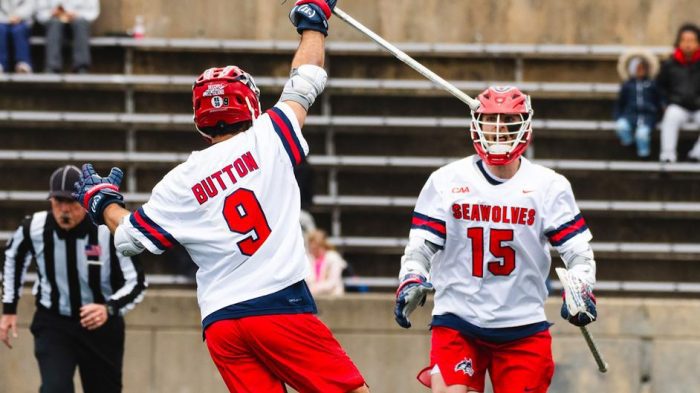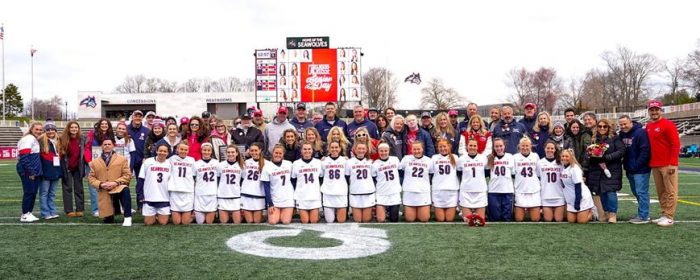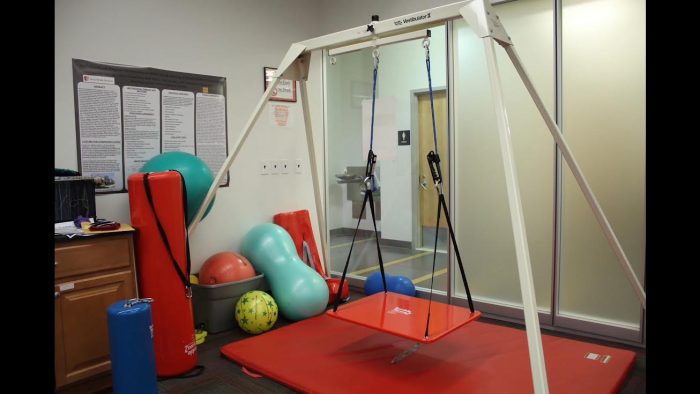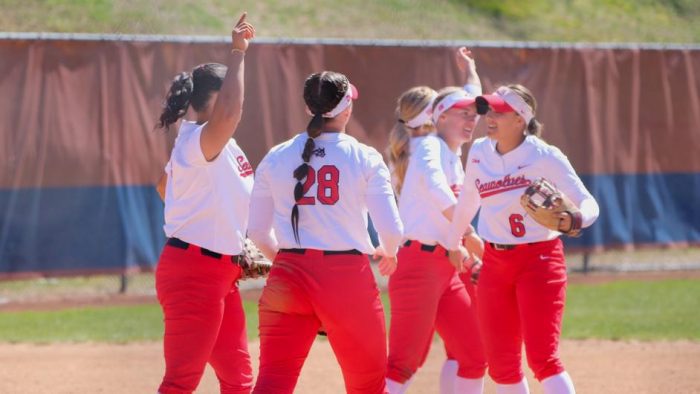By Daniel Dunaief
Ashley Langford’s college basketball life is coming full circle.
This time, instead of dishing assists as a guard, she’ll be patrolling the sidelines as head coach.
After three successful years as head coach for Stony Brook University’s women’s basketball team, including the first ever postseason win in the WBIT, Langford is replacing the retiring Lisa Stockton, her former coach at Tulane University. Langford, who was a star guard from 2005 to 2009 at Tulane, will become the seventh head coach of the women’s team and the first African American to lead the team.
“I didn’t even think I’d be coaching,” said Langford in an interview from Tulane just hours after touching down in the Crescent City. Stockton “is the one during my senior year who thought I should start coaching. It’s ironic that I’m now taking over for her.”
In a wide ranging interview, Langford, who is Tulane’s career leader in assists, assists per game and minutes per game and was inducted into the school’s athletics Hall of Fame in 2018, reflected on the recent record-setting audiences for the women’s games in March Madness, her time at Stony Brook and her new opportunity as coach at Tulane.
March Madness
While Langford didn’t watch much of the tournament, as she prepared the Seawolves for their postseason games and was contemplating a move back to New Orleans, she did catch the Final Four.
At the end of a Final Four game watched by a record 14.2 million people between the University of Connecticut and Iowa, Connecticut was behind by one point with the ball and seconds left on the clock.
An official called a foul on a moving screen on Connecticut’s Aaliyah Edwards, who was blocking Iowa’s Gabbie Marshall. Numerous prominent basketball pundits thought the call was either incorrect or inappropriate.
“That call has been made all season long,” Langford said. “In my opinion, they call that a moving screen. It’s up to the ref making the best decision in that moment.”
Officials “aren’t supposed to make calls depending on the time of the game,” she added. “To me, they called that all season long.”
Langford thought a final between Iowa and South Carolina expected a more competitive game because she thought Iowa had a deeper team than Connecticut, a perennial powerhouse that had been dealing with injuries.
For the first time ever, the TV audience for the women’s final far outdid the men’s final, with a peak of 24 million viewers for the women’s game on Sunday compared to the 14.82 million for the men.
In the final, Langford was “looking for some good basketball” and thought it was exciting that South Carolina became only the 10th women’s team to finish the season without a loss.
Langford was rooting for the Gamecocks and their coach, Dawn Staley, who was also a standout player before joining the coaching ranks.
Staley has “been a great representative of black women,” Langford said.
Her SB legacy
As for her time at Stony Brook, Langford is pleased with how well the team came together and with the school’s winning culture, which she anticipates continuing.
“I told the team when I departed, ‘No one will be able to take that away from us. This team is etched in Stony Brook history,’” she said. “We have a great group of women who were great in the classroom and on the court. They were able to achieve a lot of success.”
Indeed, Stony Brook finished first in the Colonial Athletic Association, winning the conference with a record of 16-2 and an overall record of 28-5 in Langford’s final season as coach. The team went 13-1 on their home floor.
The Seawolves were one win away from entering March Madness, when they lost 68-60 in the conference championship game to Drexel.
“We played one of our worst games of the season on one of the most important days,” Langford recalled. “There’s shots that we normally make that we didn’t make and there’s shots that they made that they don’t normally make.”
Langford doesn’t want to take anything away from Drexel, as she recognized that they were “the better team that day.”
When she started at Stony Brook, she had several goals. She was thrilled that Gigi Gonzalez earned CAA Player of the Year honors for 2023-2024.
In guiding Stony Brook, Langford was voted 2023-2024 CAA Coach of the Year.
“The only thing that didn’t happen was that we didn’t go dancing” at March Madness, she added. She’s proud of everything the team accomplished.
Tulane approach
As for her start at Tulane, Langford plans to play an uptempo game, encouraging her players to score in the first seven seconds and average around 70 points per game, with about 15 to 20 points coming from transition baskets.
Langford believes games are won on the defensive end of the court.
In balancing between academics and athletics, Langford described her top job as helping the students on her team get a degree, which involves time management.
She encourages players to tap into the academic resources at the school and be proactive as student athletes.
As a head coach, she has learned to be patient.
“I realize I can’t get everything right away,” Langford said. “I’m going to need that patience again as I’m starting a new chapter.”
She needs to chip away each day until she’s helped build and shape the program into a conference champion. In the 2023-2024 season, the Tulane women’s team finished last in the conference, at 3-15, with a 12-20 overall record.
During each halftime, she focuses on statistics, encouraging her team to turn the ball over less or to focus on any rebounding disadvantage.
The game has changed since she played, with considerably more parity across teams. During her heyday as a guard, Tennessee and the University of Connecticut were the powerhouses.
Players are also more versatile, with post players who can shoot three pointers.
Settling back in at Tulane, she feels her most important role is getting to know her current players.
After recovering from a broken ankle earlier this year, she plans to get on the court and work with her players.
“I love getting on the court,” she said. “It’s fun for me.”

